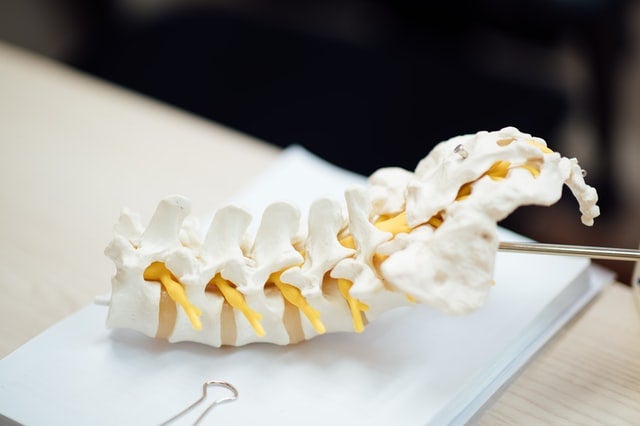
Mainstay Medical announced that its two-year patient outcomes data from ReActiv8-B clinical study has shown long-term efficacy of ReActiv8 Restorative Neurostimulation implantable medical device.
The study has demonstrated the efficacy and safety of implantable medical device, as well as improvement on crucial outcome measures in the treatment of intractable chronic low back pain compared against the one-year study results.
ReActiv8 device is developed for the treatment of adults with intractable chronic low back pain (CLBP) associated with multifidus muscle dysfunction.
The company has secured regulatory approval for the device in various countries, including the European Economic Area, Australia, the UK and the US.
Mainstay Medical CEO Jason Hannon said: “These impressive results represent an important milestone for Mainstay, as the profound improvements in patient outcomes we observed from baseline to one year to two years validate the restorative nature of the therapy and represent a new paradigm among treatments available to patients with intractable chronic low back pain.
“We are proud to have the only commercially available device with a strong safety profile and long-term, peer-reviewed evidence supporting the rehabilitation of this severely affected patient population, evidence which continues to expand through multiple clinical trials.”
The international, multi-centre, prospective, randomised, active sham-controlled and blinded study was carried out under an investigational device exemption (IDE) approval from the US Food and Drug Administration (FDA).
Mainstay enrolled 204 patients with chronic low back pain refractory to physical therapy and medical management in the trial.
The patients were implanted with ReActiv8 at major clinical sites in the US, Europe and Australia. They were randomised in 1:1 ratio to therapy or control.
In the treatment group, the ReActiv8 pulse generator was programmed to deliver electrical stimulation anticipated to evoke episodic contractions of the multifidus muscle.
The device was programmed to deliver a low level of electrical stimulation in the control group.
According to the company, patients in the control group crossed over to receive levels of electrical stimulation similar to those in the treatment group following evaluation of the primary endpoint at 120 days.




